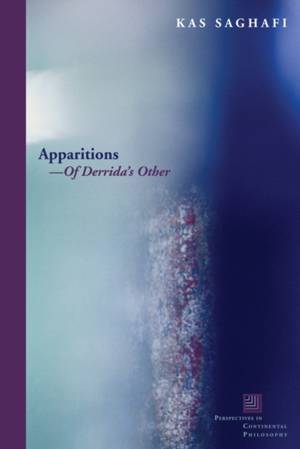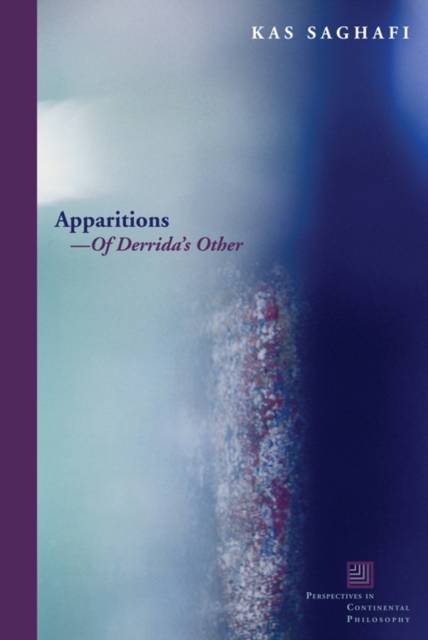
- Afhalen na 1 uur in een winkel met voorraad
- Gratis thuislevering in België vanaf € 30
- Ruim aanbod met 7 miljoen producten
- Afhalen na 1 uur in een winkel met voorraad
- Gratis thuislevering in België vanaf € 30
- Ruim aanbod met 7 miljoen producten
Zoeken
Omschrijving
The chapters of this book revolve around the notion of the other in Jacques Derrida's work. How does Derrida write of and on the other? Arguing that Derrida offers the most attentive and responsible thinking about the undeniable experience of the alterity of the other, Apparitions--of Derrida's Other examines exemplary instances of the relation to the other--the relation of Moses to God, Derrida's friendship with Jean-Luc Nancy, Derrida's relation to a recently departed actress caught on video, among others--to demonstrate how Derrida forces us to reconceive who or what the other may be. For Derrida, the singularity of the other, always written in the lower case, includes not only the formal or logical sense of alterity, the otherness of the human other, but also the otherness of the nonliving, the no longer living, or the not yet alive. The book explores welcoming and hospitality, salutation and greeting, approaching, and mourning as constitutive facets of the relation to these others. Addressing Derrida's readings of Husserl, Levinas, Barthes, Blanchot, and Nancy, among other thinkers, and ranging across a number of disciplines, including art, literature, philosophy, and religion, this book explores the apparitions of the other by attending to the mode of appearing or coming on the scene, the phenomenality and visibility of the other. Analyzing some of Derrida's essays on the visual arts, the book also demonstrates that video and photography display an intimate relation to spectrality, as well as a structural relation to the absolute singularity of the oth
Specificaties
Betrokkenen
- Auteur(s):
- Uitgeverij:
Inhoud
- Aantal bladzijden:
- 200
- Taal:
- Engels
- Reeks:
Eigenschappen
- Productcode (EAN):
- 9780823231621
- Verschijningsdatum:
- 1/07/2010
- Uitvoering:
- Hardcover
- Formaat:
- Ongenaaid / garenloos gebonden
- Afmetingen:
- 157 mm x 231 mm
- Gewicht:
- 408 g

Alleen bij Standaard Boekhandel
+ 218 punten op je klantenkaart van Standaard Boekhandel
Beoordelingen
We publiceren alleen reviews die voldoen aan de voorwaarden voor reviews. Bekijk onze voorwaarden voor reviews.











